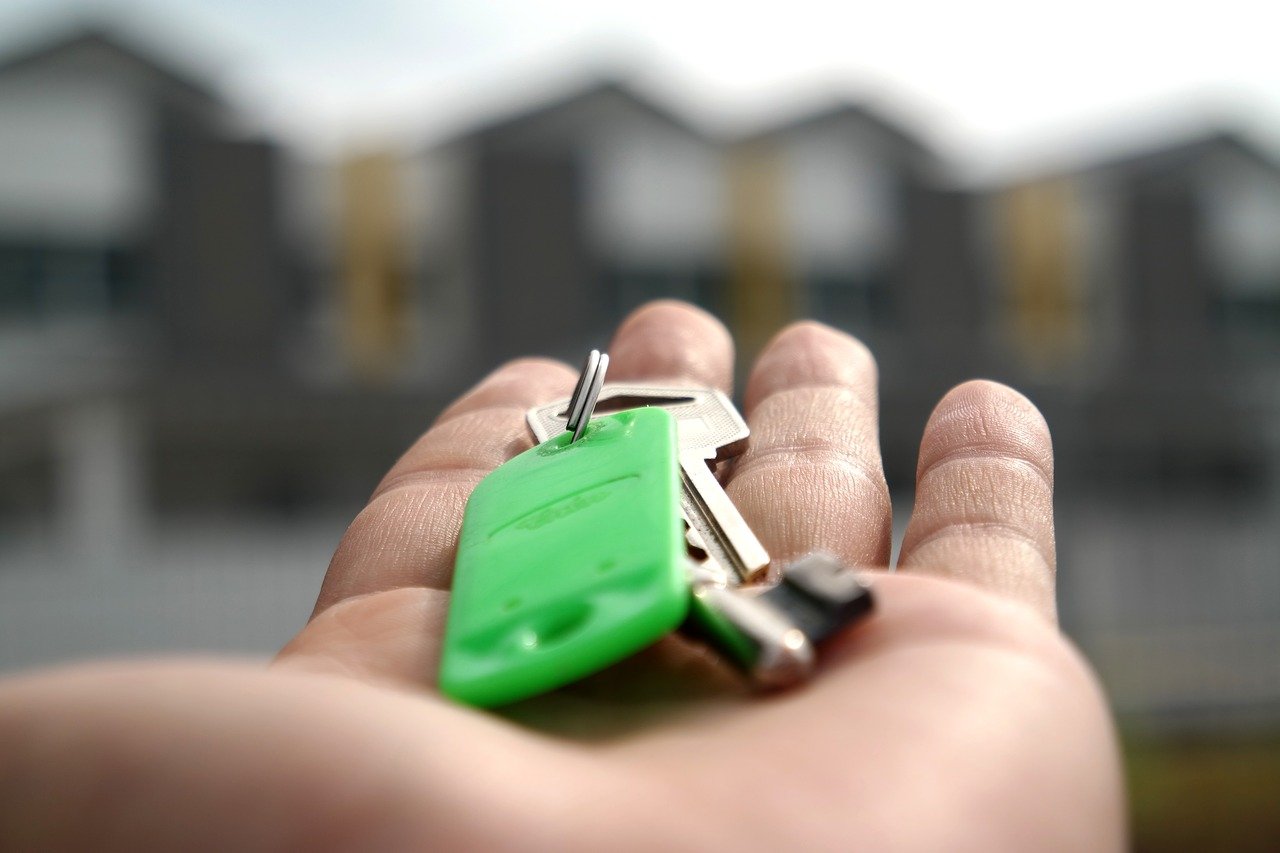Would-be homeowners have just over three months left to apply for the government’s Help to Buy scheme in order to make the deadline on October 31st.
With the clock ticking, the mortgage experts at money.co.uk have put together a guide explaining what prospective homeowners need to do to apply for the scheme, alongside a number of their top tips and tricks when it comes to saving for a mortgage.
Claire Flynn, mortgages expert at money.co.uk said: “The Help to Buy scheme is an equity loan intended to help first-time buyers purchase their first home. Successful applicants can borrow up to 20% of their property’s purchase price, interest-free for five years, rising to 40% for Londoners.
“The government recently announced that the scheme will be ending in March 2023, meaning first-time buyers only have until 6pm on October 31st to reserve a property and submit their application.
“Given the cost of living crisis and stretched finances for many, this could be seen as worrying news. However, if you start your application now you can still make the deadline.
“When applying, the first thing you need to do is check eligibility for the scheme. Applicants must be:
- 18 or over
- A first-time buyer
- Able to afford the fees and interest payments
“It’s also worth noting that if you’re planning on living with a partner, regardless of your marital status, you must make a joint application.
“The next step is to check if your property is eligible. Your property must be a new-build, must not have previously been lived in, and needs to be sold by a registered Help to Buy homebuilder.
“There is also a maximum property purchase limit, which depends on your location, for example homes in the West Midlands are eligible up to a property value of £255,600, whereas in London this can be up to £600,000.
“You should also be aware that you will still need to make repayments on your equity loan once you’ve made your purchase. Plus, after the initial five years you will start paying interest.
“Once you’re confident in these steps, you need to contact your local Help to Buy agent.
“While the Help to Buy scheme can be a great way to reduce the pressure of your mortgage, you will still need to put down at least a 5% deposit on your property. Luckily, there are a few quick tricks you can do to help boost your deposit savings.
“When it comes to saving for a deposit, keep your savings in a separate account. The right account can boost your deposit fund because it will pay more interest if it has a higher rate.
“Options include regular savings accounts, which often have some of the highest interest rates as long as you pay in a set amount each month, and fixed rate savings accounts, which guarantee their interest rates for a period of three months to seven years.
“Next, you need to work out how much you need to save in order to get on the ladder. A 10% deposit will give you a wide choice of mortgage providers, whereas a 5% mortgage means you can put down less money up front, but that the interest rate will be higher.
“Remember, when you’re saving to buy a property, your deposit isn’t the only large expense. Legal fees, mortgage fees, the cost of furnishing your home and more can add thousands on to the real-world cost of your property, so make sure you have some extra cash put aside beyond your deposit.
“To compare a range of mortgages from different providers, visit: https://www.money.co.uk/mortgages.”



 Bitcoin
Bitcoin  Ethereum
Ethereum  Tether
Tether  XRP
XRP  Solana
Solana  USDC
USDC  TRON
TRON  Cardano
Cardano  Lido Staked Ether
Lido Staked Ether  Avalanche
Avalanche  Toncoin
Toncoin